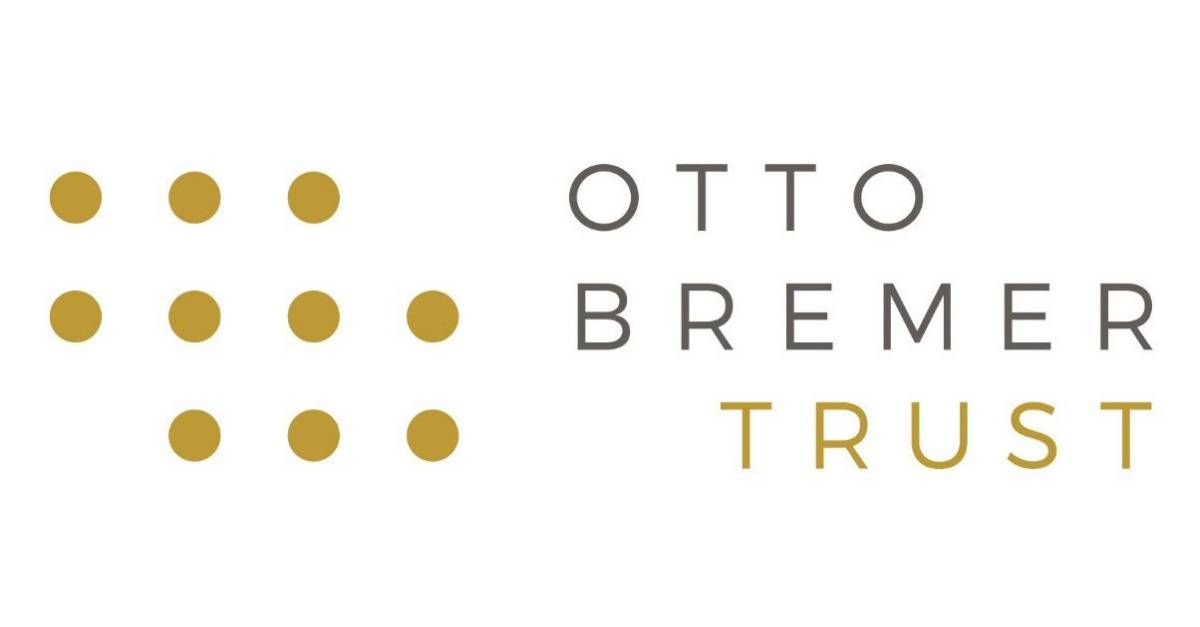How Do You Talk to a Therapist About Racism?
August 2020 Educational Resources on Racism: Mental Health
Imagine a tightness spreading across your chest. Your heart rate surges. Thoughts and images of the most recent police killings of Black people play backward and forward in your head.
As recent news accounts of violence against people like Dominique "Rem'Mie" Fells, Breonna Taylor and George Floyd swept the nation, I started to experience these anxiety symptoms, and I reached out to my therapist for help.
These were all sensations I had felt before, after being racially profiled while shopping in a clothing store or watching from the passenger seat as my mom was pulled over by the police.
At the time, I didn't have the language to describe what this particular kind of anxiety was doing to my body. New research is helping to change that.
What is biological weathering?
According to Arline Geronimus, a research professor at the University of Michigan's Population Studies Center, the stress response I experienced is all too common for Black people who live, grow and develop in a racist society. She describes the accumulated damage of racism on Black people's body systems as "weathering."
For the average person, stress is a normal and healthy response to danger. When you're anxious, blood travels to your muscles and heart, blood pressure rises and other parts of the nervous system are suppressed. This response isn't a problem if it happens for a few minutes every once in a while.
However, Geronimus said the prolonged, chronic stress Black people experience as a result of living in a racist society poses a serious threat to the immune system, organs, tissues and other body systems.
"When this happens over years, these systems just get completely worn out," she said.
"All of these diseases, that on average Black people die from more and at younger ages than white (people), are all things that at a minimum weathering contributes to."
In addition, Geronimus noted that chronic stress within Black communities often involves a sustained cognitive and emotional engagement that goes way beyond the normal stresses of everyday life.
"That could be something as big as social injustice, but it could also be fighting with your landlord to turn the heat on in your apartment," she said.
According to Doris F. Chang, clinical psychologist and associate professor at NYU's Silver School of Social Work, when you ask Black Americans about their physical experience with anxiety, they will not report higher rates than their white counterparts.
"But, if you measure it empirically, you will find elevated rates of stress hormones," she said. "Their body is registering the stress, but their mind is like, 'This is just what it's like to be in my body, it's just normal.'"
Why racism is so hard to talk about with your therapist
I've often struggled to bring up race and racism when working with therapists who are not Black. I've noticed a pattern of writing off Black people's experiences with racism as an overreaction. And the labor of having to withhold salient aspects of one's identity as a Black person in therapy is stressful in and of itself.
But, in the wake of the recent acts of police brutality, I needed my therapist to acknowledge the way my identity intersects with my anxiety.
According to Dr. Chang's research, therapists — particularly white clinicians — have an extremely hard time discussing race with clients of color. Therapists report feeling anxiety around these conversations, even though most of the clients in Chang's studies want the topic of race to be broached.
What can Black people do to seek culturally competent therapists?
Dr. Allison Thompson, clinical associate professor of psychiatry and behavioral science at Stanford University, said race is one of the first things she discusses with new patients.
"For example, I am an African American woman," she said. "If the patient is also African American, I ask them, 'What does that mean to you that we share this one identity?'"
Finding a culturally competent therapist for yourself can be quite the challenge, so Dr. Thompson recommends the following tips to help navigate your search for the right provider.
- Do a preliminary phone interview with a few different potential providers: “My suggestion is always to ask if you can do a 5- or 10-minute conversation with them by phone or video to get a sense of who they are and your comfort level working with that person,” Thompson said.
- Ask about their experience working with Black clients: "It's really helpful to ask about the provider's experience working with people from your cultural background," Thompson said. Asking providers about what challenges they have run into while working with clients who share your racial background will give you a sense of how they may approach some of the issues you want to address in your own therapy sessions.
- Don’t commit to the first person you call: It’s important to give yourself the agency to consider many different people before making your decision. “I know that I'm not going to be the right fit for every kind of patient,” Thompson said. “You don't want to end up working with someone where you feel like there are all these things going on in your world and in your life that you can't bring up because the other person is going to be uncomfortable.”
As white supremacy continues to wage war on Black people's bodies, a truly anti-racist mental health model must develop language to acknowledge the effects of structural racism, including the distinct ways that stress, anxiety and depression emerge for Black people.
Stress is a feeling that can have very serious bodily consequences, in some cases leading to the premature death of Black people. I am reminded of the late, great Nina Simone, who said, "Freedom is a feeling, freedom is no fear."
If we are to take Simone seriously, imagine the consequences of freedom replacing fear in the bodies of Black people. What would that look and feel like? What new possibilities would unfold for Black life when our bodies are no longer queued for fear?

© Twin Cities Public Television – 2020. All rights reserved.
. . . . . . . . . . . . . . . . . . . . . . . . . . . . . . . . . . . . . . . . . . . . . . . . . . . . . . . . . . . . . . . . .

Twin Cities PBS is here for you at every stage of learning. Read on to learn how BIPOC folks are advocating for better access to mental health and healing. This month's resources are brought to you by artists, advocates, historians, and illustrators.
. . . . . . . . . . . . . . . . . . . . . . . . . . . . . . . . . . . . . . . . . . . . . . . . . . . . . . . . . . . . . . . . .
As Suad Ismail sat in her high school psychology class and listened to her teacher give a lecture on mental health, she felt like she was unlocking a secret code...Now, Suad realizes, the study of psychology often brings more questions than answers. But her motivation and her personal mission – to address cultural stigma surrounding mental health and to cultivate compassion around mental illness in her Somali community – have remained the same.
Watch & Read time: 15 minutes
Navigating Multiple Diagnoses: A Queer Health Journey
Queer women of color unpack why accessing good mental health care from providers that look like them empowers patients and helps them advocate for themselves.
Watch time: 5 minutes
Levins Morales is a self-described healer and trickster organizer disguised as an artist. Levins elaborates, “The community knows how to heal itself, the body knows how to heal itself, and tapping into the inherent capacities of complex living systems to recover from injury is really the job of the organizer, the artist, the farmer and the healer.”
Watch & Read time: 20 minutes
Across the 1900s, the University of Minnesota administrators and Republican operative Ray P. Chase, kept a roster of “problem” students whose presence and work disrupted or threatened campus life...When we take a longer view of these former students’ lives, their individual and collective lifelong commitment to equity and justice comes into clear focus. Their varied careers and diverse callings represent the complex ways in which, as early as the 1930s, they used their power as students to shape the world that they wanted to inhabit. Read on to learn about these 19 individuals and how they continued to work toward a more just and equitable world throughout their lives.
Read time: 20 minutes
Peer-to-Peer Support Helps College Students Find Stress-Relief
"The experience level feels almost the same in a sense, and there doesn't seem to be as much of a power dynamic," shares UMN student Clara.
Watch time: 2 minutes
. . . . . . . . . . . . . . . . . . . . . . . . . . . . . . . . . . . . . . . . . . . . . . . . . . . . . . . . . . . . . . . . .
Color & Reflect

Coloring offers space to reduce anxiety, create focus and bring about more mindfulness. Take time to reflect on what you learned. What surprised you? How do you feel? What questions do you have?
Click here to download this month's coloring page featuring Dr. Mamie Phipps Clark.

The video resources in this article are part of the digital storytelling project Racism Unveiled, which is funded by a grant from the Otto Bremer Trust.
